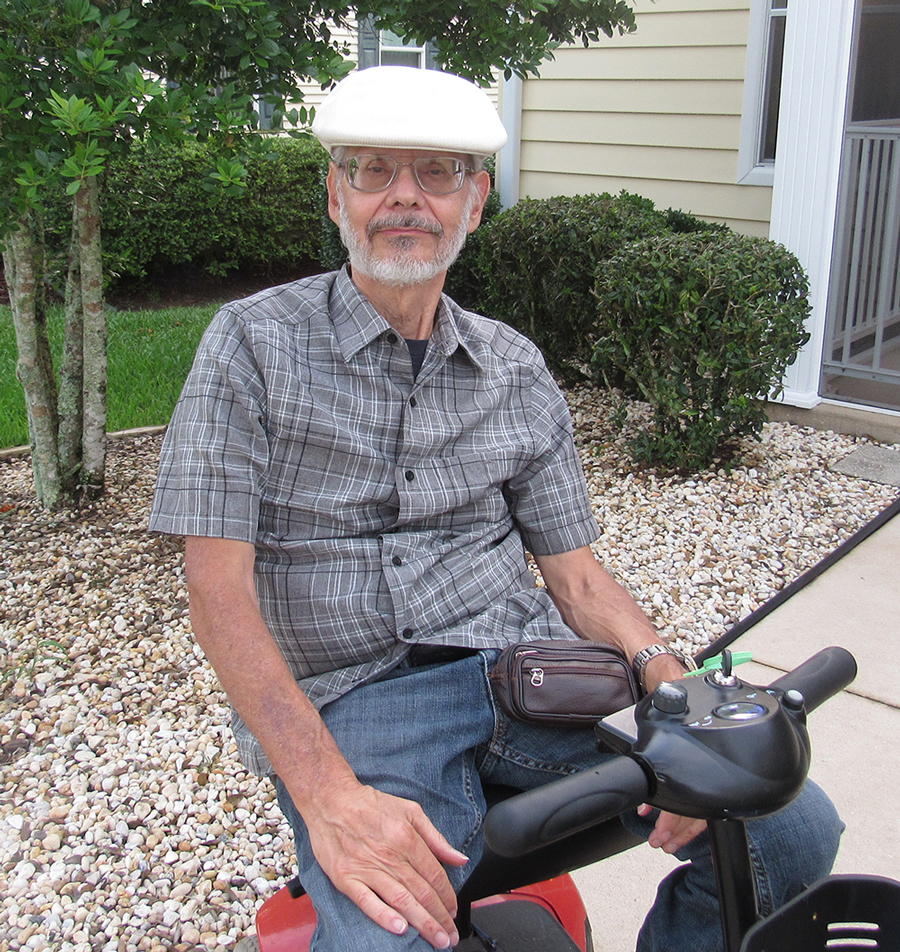 Upon retiring in 2013, I moved with my partner from California to Pennsylvania and then Florida. I discovered in this process that the level of ADA enforcement is directly related to the values held about disability independence by a community. In California, I had the expectation of 80% wheelchair accessibility. I never had to think much about going to restaurants, bars, shows, stores, etc. My assumption was that they would be accessible. If I discovered a rare facility that was not, I had not only California law and ADA, but the community’s value of disability independence working with me to rectify an intolerable situation.
Upon retiring in 2013, I moved with my partner from California to Pennsylvania and then Florida. I discovered in this process that the level of ADA enforcement is directly related to the values held about disability independence by a community. In California, I had the expectation of 80% wheelchair accessibility. I never had to think much about going to restaurants, bars, shows, stores, etc. My assumption was that they would be accessible. If I discovered a rare facility that was not, I had not only California law and ADA, but the community’s value of disability independence working with me to rectify an intolerable situation.
Very soon in Pennsylvania, I discovered that you can maybe expect 40% accessibility and no sense of accountability. Not only are places inaccessible to wheelchair users, but also the folks who run them have no clue that they should be. For example, Pam and I wished to go to a bookstore coffeehouse in a little village in Eastern Pennsylvania. Having discovered the “40% rule” of Pennsylvania, I called ahead and asked if their facility was wheelchair accessible. The young woman on the phone said it was, and that there were only six steps up the front. I replied that the ramp must be in the back. “No,” she said. “There are 12 steps in the back.” After talking with her for literally half an hour, I finally got her to concede that the place was not wheelchair accessible. Behind her lack of awareness was the value that wheelchair users should not be independent but always come with a “helper.” Florida is better, but not by much.
Without the political/legal forge that characterizes the independence movement that occurred in California, the Americans with Disabilities Act will not be enforced uniformly.
Richard O. Salsgiver
Professor Emeritus,
California State University, Fresno
** This post was originally published on https://www.newmobility.com/2020/07/real-life-ada/

